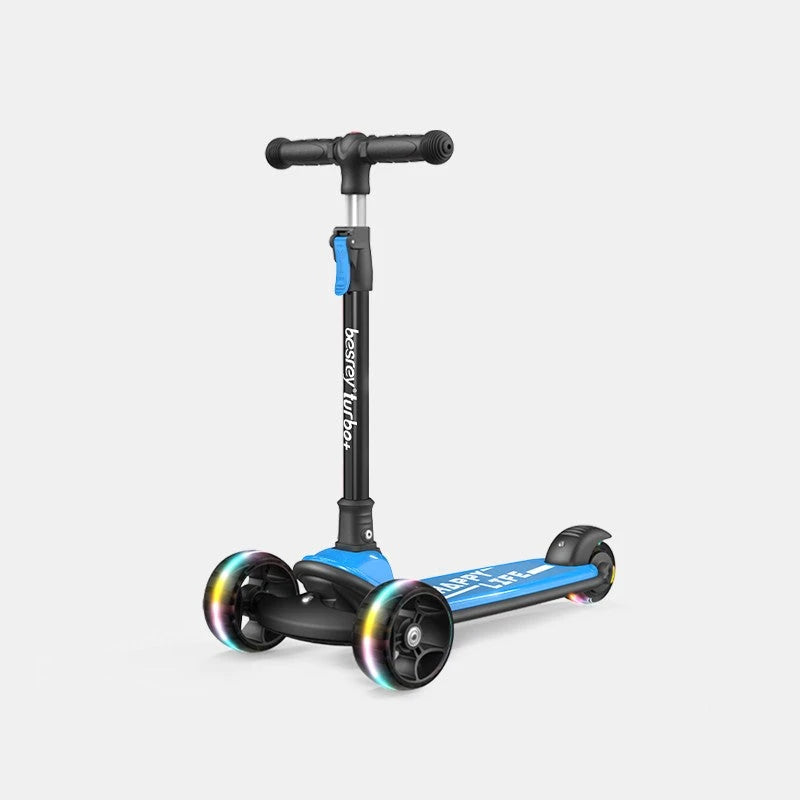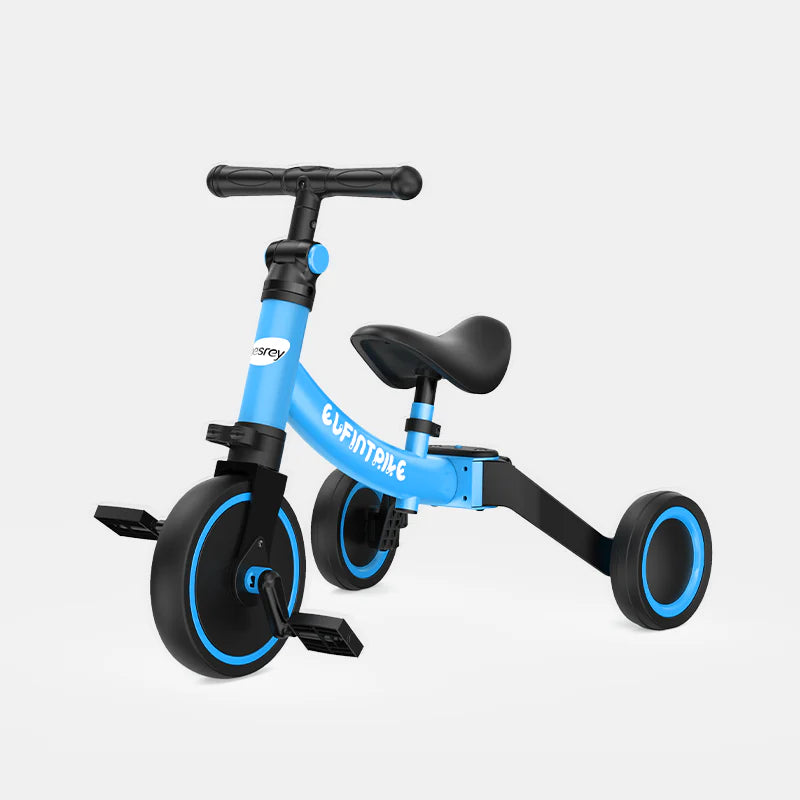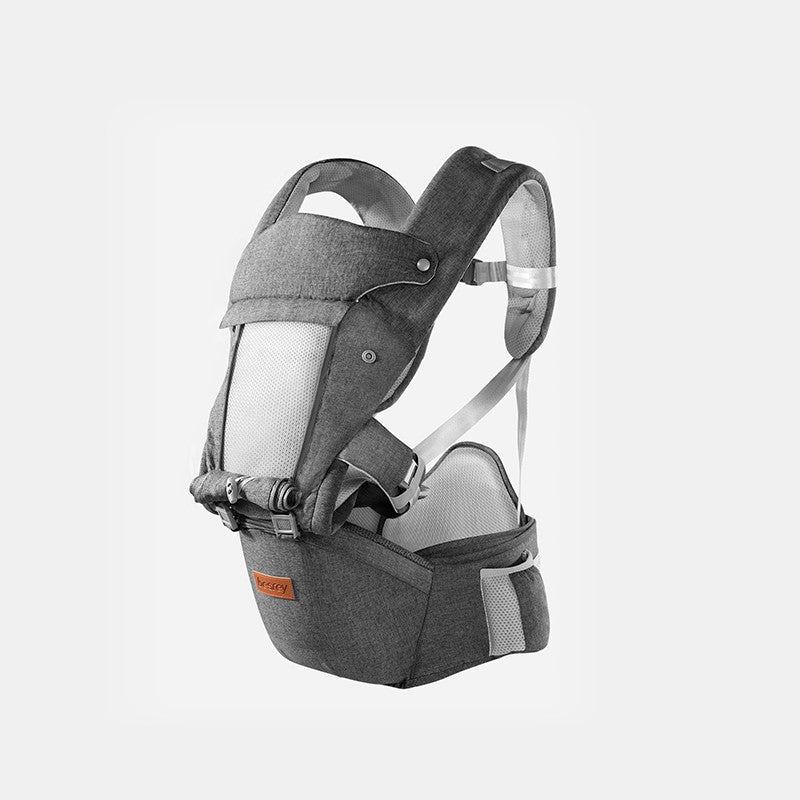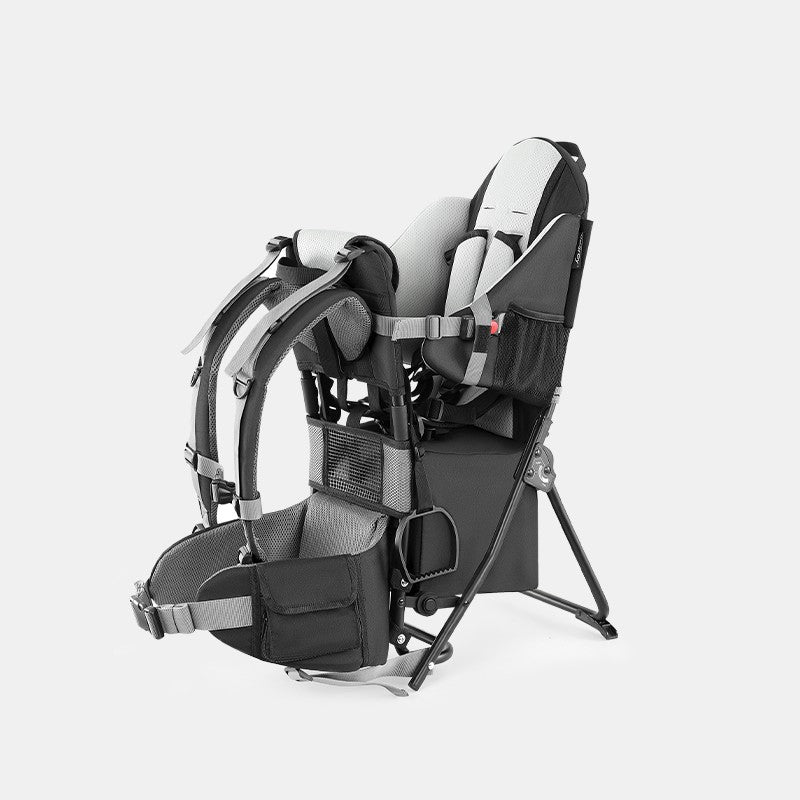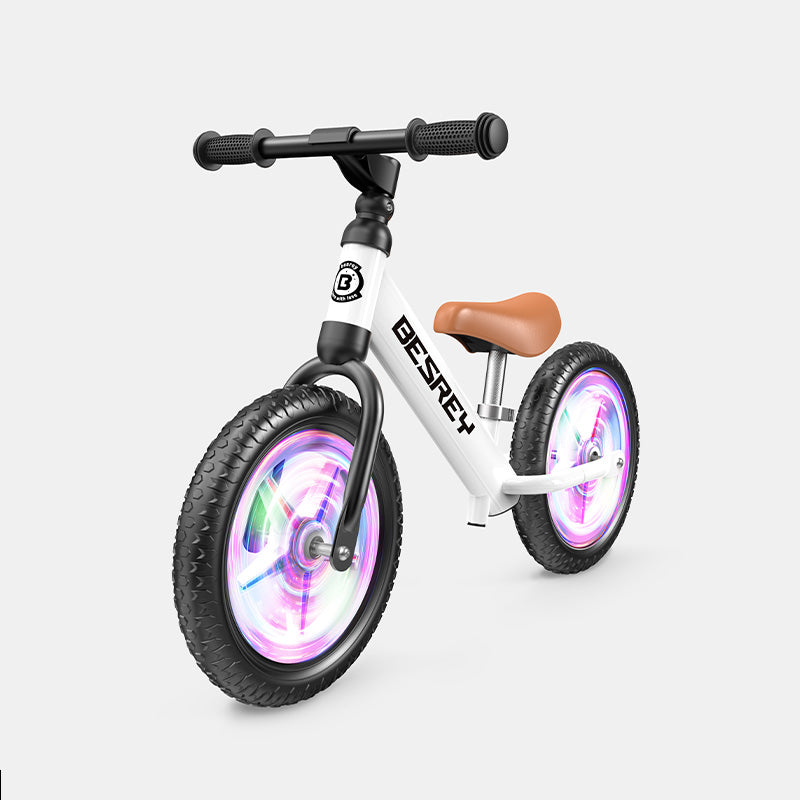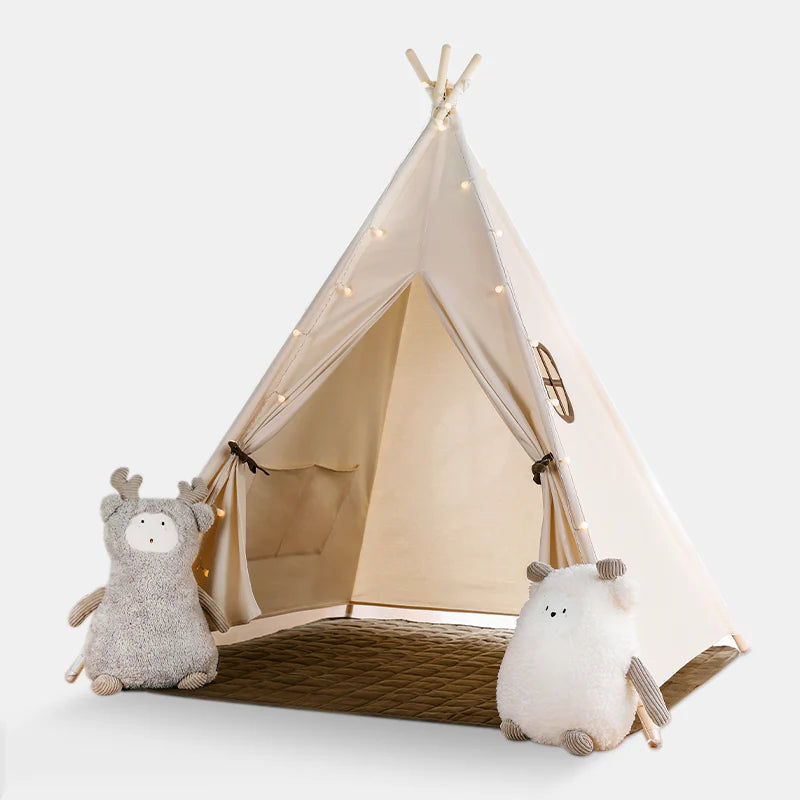Besrey - Sep 26 2025
Make Cleanup Fun: Organizing Your Kid's Gear in Five Easy Steps

Toy explosions happen daily in most homes. Legos tucked under couch cushions, art supplies mixed with dress-up clothes, and somehow, there's always a random sock in the toy bin.
Many parents worry that organizing kids toys requires endless patience or expensive storage systems. The truth is much kinder - the right setup turns cleanup from a daily struggle into something kids can manage on their own. Some families discover their children even enjoy the process, racing to see who can sort blocks faster or taking pride in their newly organized spaces.
Simple systems work better than complicated ones, especially when everyone's tired and schedules are packed. These five steps create toy storage ideas that work for real families.
Step 1: Sort Everything First
The Big Pile Method
Make a giant pile in your living room. Every toy, every game, all those random pieces you find under furniture. Grab the stuff hiding in closets and those bags you've been avoiding for ages. You need to see how much you're really working with.
Put like things together. Cars with cars, puzzles with puzzles, costumes in their own pile. You'll find toys you bought twice and realize you have way too many of certain things.
Quick Decision Making
Broken toys with missing pieces get tossed immediately. No guilt, no second chances. Include children in the decision-making process. They know which toys still matter to them and which ones they've moved past.
Sometimes they'll want to keep things you thought they'd forgotten about, other times they're ready to let go of expensive items you assumed they loved.
Step 2: Create Storage Zones
Zone Planning
Designate specific areas for different types of play. Art supplies near a table where kids can spread out. Building blocks in a spot with enough floor space for construction projects. Dress-up clothes close to a mirror if possible.
Keep frequently used items at kid height. Daily favorites should be easy to grab without asking for help. Special occasion toys can go up higher, where they stay cleaner and more special.

Container Strategy
Clear bins work better than pretty baskets for kids. They can see what's inside without dumping everything out first. Label bins with pictures for non-readers, or words for older kids.
Avoid containers that are too big. Heavy bins become impossible for children to move around, and huge containers turn into black holes where small toys disappear forever.
Step 3: Turn Cleanup Into Play
Racing Against Time
Timers work magic with kids. "Can we get all these blocks away before this song ends?" suddenly becomes a fun challenge instead of boring work. Siblings love competing to see who cleans their section fastest, though you might need to referee occasional disputes about fair divisions.
Music helps too. Dancing while picking up toys beats standing around feeling grumpy about the mess. Music helps kids transition into cleanup mode. The same playlist each night creates routine without nagging.
Colors End the Arguments
Each kid picks a color and that's their color forever. Red bins, blue bins, whatever they want. Suddenly nobody can claim "that's not my job" because everyone knows whose stuff goes where. Children get a little possessive about their colors too, which means less mess overall.
Playrooms with multiple kids need this kind of clear system. Otherwise, everything becomes a free-for-all.
Step 4: Create Daily Habits
Before-Bed Pickup
Ten minutes before bedtime everyone pitches in. Children handle toys, parents grab the miscellaneous items that somehow end up everywhere. Nobody shoulders the entire mess alone.
Choose a time that meshes with current routines. Some families clean right after dinner, others do it before baths. Stick with whatever timing gets chosen. Just make sure you pick a time that fits the family schedule, and stay consistent once you pick something.
Step 5: Keep Things Fresh
The Monthly Toy Shuffle
Pack half the toys away and bring them back out in a few weeks. Kids get excited about "new" toys they haven't seen recently, and fewer choices mean less overwhelming cleanup sessions.
Storage bins in closets or the garage work fine for rotation. Label them with dates so you remember when things went away. Some parents set phone reminders to swap things out regularly.

Making It Stick
Playroom organization works best when systems stay simple and kids can participate fully. Complicated setups fall apart quickly under the pressure of daily use.
The goal is to create systems that function even when you're tired, rushed, or dealing with cranky children. Start with these five steps and adjust based on what works for your specific family dynamics.
Declutter kids toys regularly, but don't stress about maintaining magazine-perfect spaces. Real families live in their homes, and a little mess means kids feel comfortable playing and exploring.

